
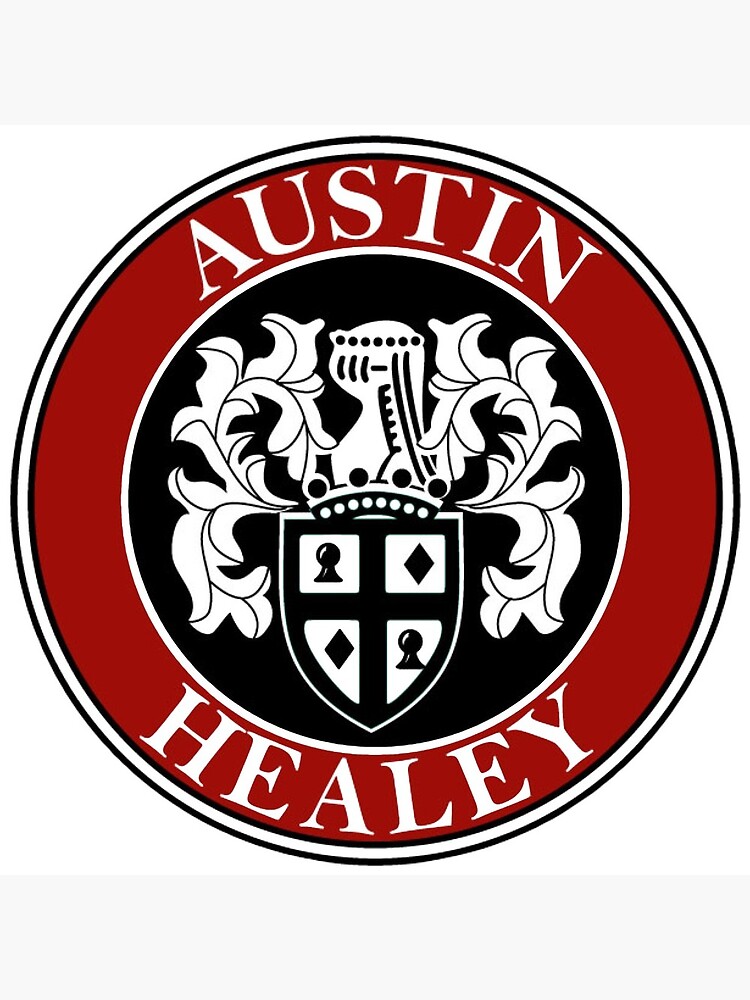

This edition of the Austin-Healey Sprite MKIII AN8 is the 4 speed / Manual version and was first brought out in 1964. This was at around the same time as the introduction of the 1965 Aston-Martin DB6 1965 and the 1964 Jaguar XJ 13 5.0 V12.This particular Austin-Healey Sprite has a 1097cc Naturally Aspirated Petrol powerplant with 4 cylinders in a St formation.
The Sprite shares its Petrol St4 engine configuration with the likes of the 2019 Ariel Atom 4 2.0 Turbo and the 2013 Caterham 7 620 R 2.0 L Supercharged. If you're looking for other fast cars which share the Sprite's Rear Wheel Drive, Cabriolet combination then how about the 1982 Fiat X1/9 1.5 8V or the 1965 Aston-Martin DB6 1965.
Weighing in at 676 kgs (1490 lbs) this makes the Austin-Healey Sprite MKIII AN8 in the same weight category as the 2000 Lotus 340 R or the give or take 50kg.
In terms of power the 1097cc 8V St4 engine produces 61 bhp (45 kW) @ 5750 rpm similar to the 2013 Caterham 7 160/165 0.7L Turbo (79 bhp) or the 2005 Citroen C1 1.0 VTR 3dr (67 bhp).
The Naturally Aspirated St4 throws out 62 lb-ft (84.0 Nm) @ 3250 rpm placing it with cars of similar torque performance figures such as the 2013 Caterham 7 160/165 0.7L Turbo (79 lb-ft) or the 2013 BMW i3 0.6l Hybrid (41 lb-ft).
If one combines the weight with power or torque performance for the Austin-Healey Sprite you can get a better idea of it's real world performance.
![Mazda 6 Sport MZR 2.3i - [2001] image Mazda 6 Sport MZR 2.3i - [2001] image](/editionimages/1506.jpg)
The 2001 Mazda 6 Sport MZR 2.3i (115.1 bhp per ton) has similar Bhp Per Ton stats as the Austin-Healey Sprite.
The Austin-Healey Sprite has a Power to weight ratio of 90.2 bhp per ton and 91.7 lb-ft per ton. Bhp Per Ton figures of the 1964 Sprite competing with the 2001 Mazda 6 Sport MZR 2.3i (115.1 bhp per ton) or the 1983 Vauxhall-Opel Kadett 1.8 GTE (114.4 bhp per ton).
If you agree with the late great Carroll Shelby then arguably an even better indicator of potential performance, Torque. Use weight as well and you end up with - Torque per ton, with the Austin-Healey Sprite generating around 91.7 lb-ft per ton. If you're curious as to what other cars have as much torque to weight then look no further than the 1950 Jaguar Mark VII 3.4L (116.3 lb-ft per ton) or the 1984 Audi Coupe 2.0 GT (116.1 lb-ft per ton).
With a 0-60mph time of 13.30 secs or a 0-100km/h (0-62mph) of 13.7 secs, this made the Austin-Healey Sprite MKIII AN8 as fast as the 1954 Mercedes SL Class 190SL W121 (13.30 secs) the 1970 Skoda UVMV 1100 GT (13.40 secs) the 1963 Porsche 356 C 1.6 Coupe (13.50 secs) the or the 1959 Porsche 356 B 1600S Super (13.50 secs). This Austin-Healey Sprite MKIII AN8 is also faster than the 1970 Skoda UVMV 1100 GT (13.40 secs) the 1963 Porsche 356 C 1.6 Coupe (13.50 secs) the 1959 Porsche 356 B 1600S Super (13.50 secs) the and the 1967 Triumph Spitfire Mk 3 (13.60 secs).
When talking about the performance of the Austin-Healey Sprite on the drag strip it can reach a quarter mile in an estimated 18.57 secs @ 73.6 mph. Similar performance down the quarter mile can be found with the the 1954 Jaguar XK 140 SE (18.49 secs), the 1988 Volkswagen-VW Jetta GTi 1.8 16v (18.49 secs), and the 1951 Ferrari 212 Export (18.50 secs).
Modern performance cars are often artificially restricted to 155mph. The 1964 version of the Austin-Healey Sprite MKIII AN8 has a maximum speed of 90mph.
If maxing out your car on the AutoBahn is your thing and you're wondering what's faster than the 1964 Austin-Healey Sprite MKIII AN8 then how about the 1980 Ford Thunderbird 300 4.9L V8 8th Gen (101 mph), the 1974 Ford Mustang Mach 1 170 2.8 V6 (101 mph), or the 1968 Vauxhall-Opel Viva GT 2.0L (101 mph).


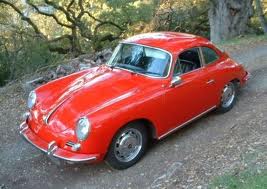
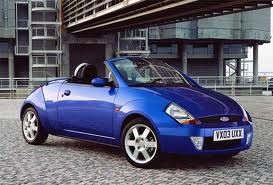
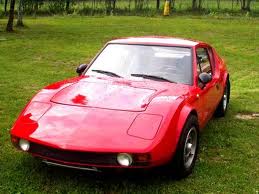


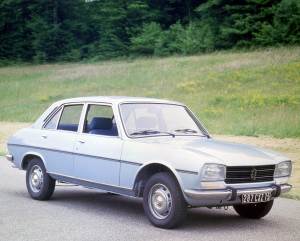

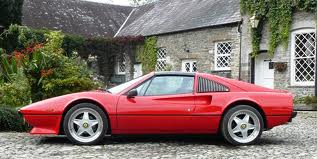
Ferrari 308 GTS QV 3.0l V8
Engine: Naturally Aspirated Petrol | 2927cc 32v V8
Top Speed: 156 mph
0-60mph: 6.70 seconds

Oldsmobile Cutlass 442 W30
Engine: Naturally Aspirated Petrol | 7453cc 16v V8
Top Speed: 186.6 kph
0-100kph: 5.9 seconds



















